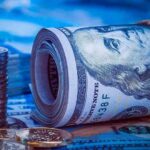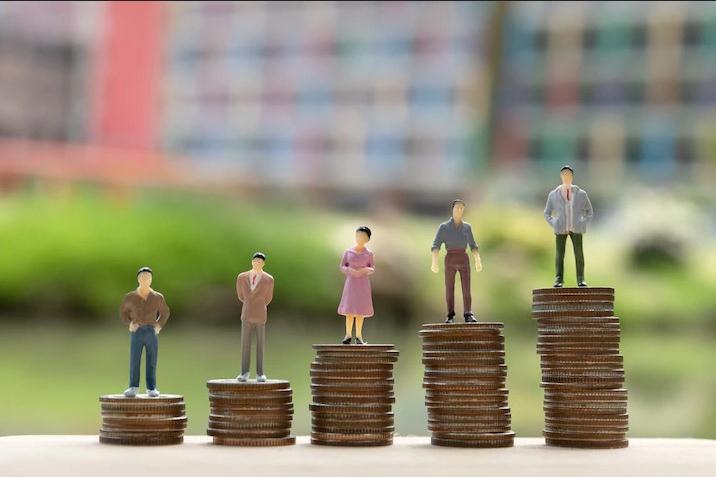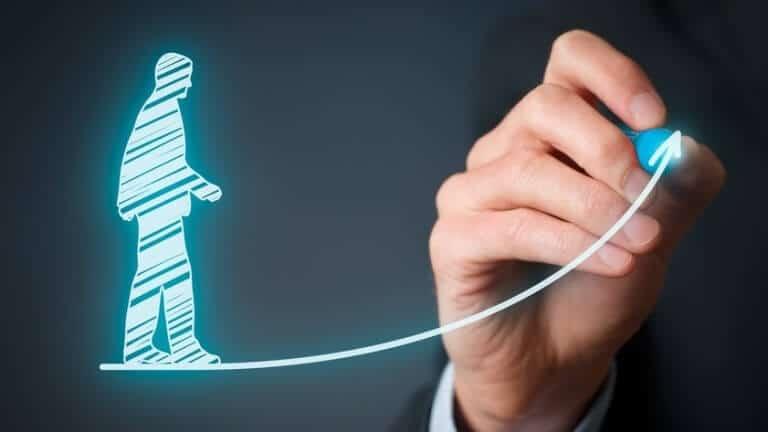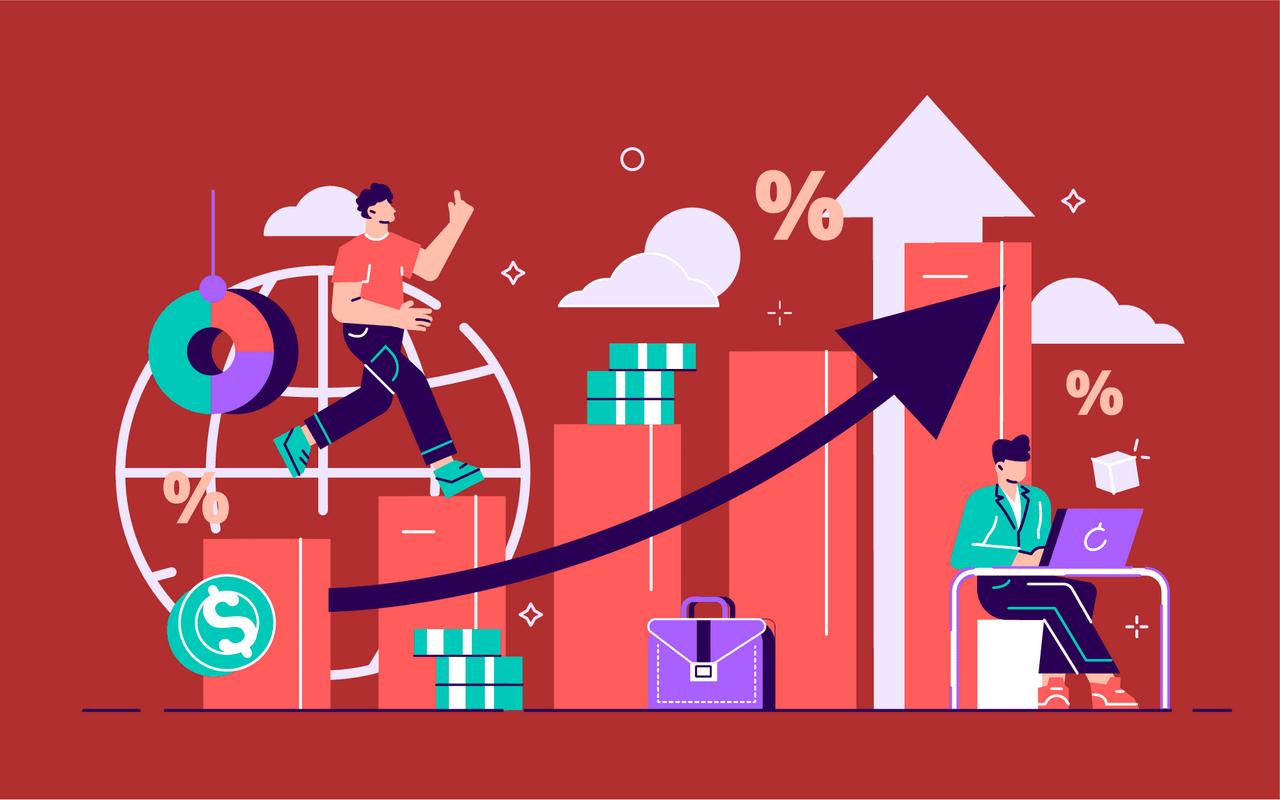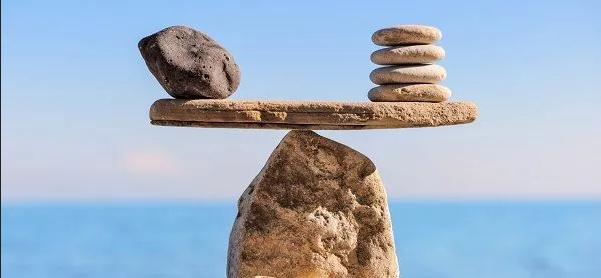The trickle-down effect is an economic concept where giving concessions to rich people or capital owners will ultimately encourage economic growth. Economic policy should focus on them. In doing so, they will create more jobs and income, which will ultimately trickle down to the poorest sections of society and benefit all.
How the trickle-down effect works
The trickle-down effect states that the best way to encourage economic growth is to let the rich or capital owners (investors and entrepreneurs) develop. The government should relax economic policies that benefit them, not the lower middle class.
Policies to promote the trickle-down effect could be:
- Capital gains tax deduction
- Corporate net income tax relief
- Reduced tax rates for wealthy individuals such as investors and entrepreneurs
- Capital gains tax deduction
- Relaxing regulations for business
Proponents argue that such relaxation encourages the rich and capital owners to stimulate economic growth. Relaxation encourages them to develop new businesses and create more jobs. That will eventually trickle down to the lower middle class. They are easy to find work and earn income.
Tax reduction effect
Entrepreneurs and capital owners have more money when taxes fall. They then use it to increase their wealth through establishing new businesses or increasing the scale of operations of businesses they already own. They invest in capital goods such as buying factories, improving technology and new equipment.
Investment in capital goods drives higher output in the economy. Increasing the scale of operations also allows companies to achieve economies of scale, which in turn, drives lower prices for goods and services.
So, when capital owners have more money, businesses will expand and increase job creation. They employ more people, especially the lower-middle class.
Workers ultimately benefit from trickle-down economics . Job prospects and incomes improve, raising their living standards. So, the benefits of economic growth will ultimately flow from the top to the bottom.
As a result of widespread economic growth, the government can collect more taxes. The additional tax revenue compensates for tax cuts to the rich and capital owners.
Basic assumptions
Rich people usually have a higher marginal propensity to save than the lower middle class. When they have more money, most of the extra money they save or invest.
On the other hand, the lower middle class will spend more of their money on consumption of goods and services. They used up all the money they used to buy products.
That contrasts with investments by the rich. They use money to create more money. They can build new businesses. Or, they can invest it in company stocks and bonds. Companies ultimately use the money from issuing shares or bonds for expansion and investment in capital goods.
The trickle-down effect basically assumes several things, including:
- The source of economic growth comes more from investment by capital owners (resources) than through encouraging consumption
- All members of society benefit from growth
- External competitive pressure (from imports) is minimal
History of the concept
In 1896, Democratic presidential candidate William Jennings Bryan described the concept using the metaphor of “leakage” in his Golden Cross speech.
“There are two ideas about government. There are people who believe that if you make laws for the most prosperous groups, then their prosperity will flow through them. The Democratic Party’s idea is that if you create laws to make society prosperous, that prosperity will reach all social classes above the majority of the population. –William Jennings
Comedian Will Rogers jokingly said in a column in 1932:
“This election was lost four and six years ago. not this year. They [Republicans] didn’t start thinking about their fellow citizens until they started their election tour. All that money was appropriated by the upper class in the hope that it would flow to those who needed it most. Mr. Hoover was an engineer. He knew it was dripping. Place it on high and leave it until it reaches the driest point at the bottom. But he didn’t know that money was flowing upwards. Give it to the poorest and the rich will have it before nightfall. But at least it will reach the hands of its fellow citizens, namely the poor. Now they [the rich] keep all their money in the bank, but the money of the poor is decreasing.” –Will Rogers.
William J Bennet wrote:
« Comedian Will Rogers refers to the theory that cutting taxes on the richest and largest corporations is a trickle-down policy, a term that has permeated society for years. »
Criticism of the trickle-down effect
Some of the basic assumptions of this concept may be less realistic. Investment is indeed one of the drivers of economic growth. However, ignoring the role of consumption would be a mistake. Building more factories, but no one buying, what happens?
Consumption is another driving force of economic growth. So, the role of the lower middle class is also vital. They usually cover a large part of the population. So that cumulatively, they are the drivers of growth and production. Their consumption is the reason why businesses increase production.
Some other criticisms of the trickle-down effect are :
- Increasing wealth inequality. The concept only benefits a few rich people, making them even richer. That puts more money in the hands of the rich and corporations, encouraging spending and free market capitalism. In contrast, those with low incomes do not receive a tax cut. This situation widens income and wealth inequality.
- Definition of rich people. complications emerged about which wealthy classes should receive tax cuts. Rich people are lazy and have no entrepreneurial spirit, will they create more jobs?
- Tax cuts are more useful if they target lower-middle class people. They cover a large part of the population. So, when they have more money due to lower taxes, they will increase demand for goods and services. It encourages businesses to increase production and create more jobs and income. So, the scale of the impact of tax cuts is more significant.
- Budget deficit pressure. Taxes on the rich and corporations typically account for a significant portion of government revenue. If the government cuts it, it increases pressure on the budget deficit.





